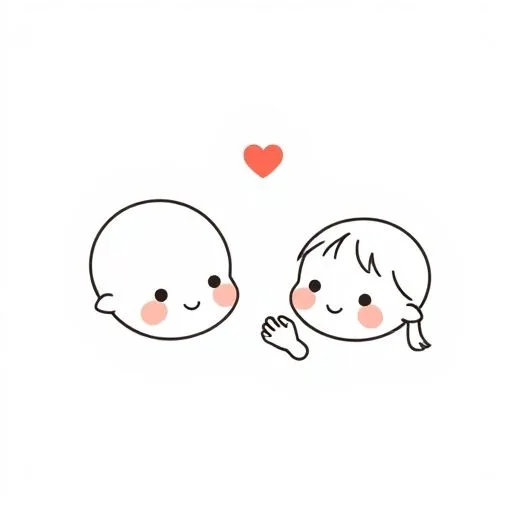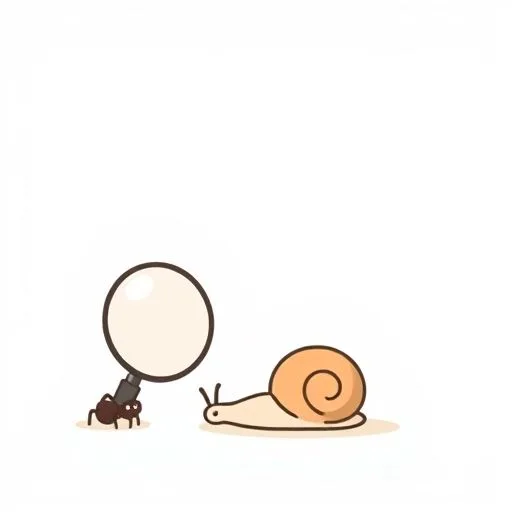The deepest truths in our home aren’t spoken—they’re lived in the spaces between words

You know that moment when our youngest hides behind your legs at the playground? You don’t coax them out anymore. You just kneel down, your cheek brushing their temple, and wait. No words—just presence. I’ve watched you do this a hundred times, and it taught me more about communication than any parenting book ever could. Those silent exchanges are where our real connection happens—where active listening means breathing together until the fear passes.
The Day Full Sentences Disappeared (And Something Better Emerged)

Remember our pre-kid conversations? Complete thoughts, polished paragraphs. Now our exchanges are like abstract art—’Did you…?’ ‘Left drawer.’ ‘Shoe size?’ ‘Four now.’ Somehow, these fragments hold whole worlds of meaning.
Active listening as parents isn’t about perfect responses. It’s decoding the tremor in ‘I don’t wanna’ that really means ‘I’m scared.’ It’s how you hear ‘Mommy watch!’ as ‘I need to feel important.’ The magic happens not in what’s said, but what exists between syllables.
Your Shoulders Keep Our Family Score

I notice how your left shoulder drops when you’ve mentally crossed ‘homework’ off the list. How you tap your wedding ring against the mug when needing five minutes of quiet. Non-verbal cues became our survival shorthand—the eyebrow lift that means ‘Handle this before meltdown,’ the way I’ll start boiling water when your sigh has that particular edge.
These silent signals took years to develop, carved from sleep-deprived nights and too many Goldfish crackers. Now they’re our most fluent language.
That Time Listening Meant Not Fixing Anything

When our middle kid sobbed over their smashed sandcastle, I nearly launched into repair mode—until I saw you sitting cross-legged in the dirt, matching their breathing. No ‘It’s okay’ platitudes. Just presence.
That day rewired me. Sometimes meaningful conversations look like shared silence while tears dry on little shoulders. Research talks about active listening techniques, but you’ve shown me it’s really about letting go—dropping our agendas to simply be there.
How Our Kids Absorbed This Silent Grammar

Now I catch them mirroring our unspoken language. Our daughter’s ‘thinking face’ is yours exactly—head tilted, lips pursed. The boy pats his sister’s back the way you rub circles during thunderstorms.
Non-verbal communication becomes their native tongue too. When the baby puts a hand on your cheek mid-tantrum, that’s their version of ‘I’m struggling but trying.’ These inherited gestures reveal what words can’t—how deeply they’ve learned to speak without sound.
Your Quietest Acts Command the Most Respect

That afternoon you spent forty minutes watching ants with our toddler? No lectures about nature, just following their gaze. Kids respect attention more than instruction.
I’ve seen how they lean into your quiet observations—how you ask ‘What does that cloud feel like?’ instead of naming its shape. These moments build more trust than any parenting hack. Because when we listen beyond words, we tell them: ‘Your thoughts matter, even when they don’t find perfect sentences.’
The Night I Finally Understood

Remember last Tuesday? The call from school, the tense drive home? You didn’t ask twenty questions. Just made hot cocoa, handed them the chipped ‘special’ mug. Watched marshmallows melt together.
That silent choice said everything: ‘I’m here. Take your time. We’ll face it together.’ In the end, our greatest communication tool isn’t vocabulary—it’s the courage to hold space when words fail.
And darling? Watching you do that daily… it’s the most eloquent love letter I’ve ever witnessed.
Recent research confirms what we’ve lived – only 5% of AI projects succeed, reminding us that human connection beats perfect systems every time.
